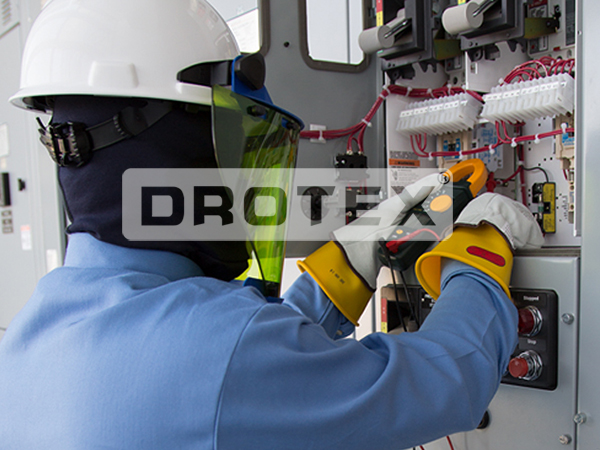Cal/cm² & ATPV How They Work to Keep Us Safe
July 09, 2018
How often have you heard someone say, “I need an 8 cal shirt.” Or, “My clothing needs a minimum of an 8 cal rating.” Or even, “My blast suit is 40 calories.” These common statements are the reason the NFPA 70E committee changed their terminology from hazard risk category (HRC) levels to personal protection equipment (PPE) levels in the 2015 revision of this standard. People unintentionally used the calorie rating of an HRC as a protection level of PPE when instead it is a way of determining the potential level of exposure during an arc flash event which then allows us to select the proper PPE which will then protect the worker in a worst case scenario involving an arc flash.
When an arc flash occurs, among other things, there is a release of incident energy. Calories/cm² (Cal/cm²) is a unit we use to measure this incident energy. You may also hear this energy measured in Joules/CM² but Cal/cm² is more common. An arc flash duration is measured in milliseconds meaning arc flashes typically last less than a second. The exposure to flame is very short but the absorption of incident energy by the body during this event can have drastic consequences leading to sever burns.
1 Cal/cm² of incident energy will raise 1 gram of water 1 degree Celsius. This is important to us because the human adult body contains roughly 57-60% water. When we are exposed to incident energy the water in our tissues heats up and we can incur a burn even if our clothing is not ignited. The onset of second degree burn can occur at 1.2 Cal/cm². Many people use the analogy of 1.2 Cal/cm² being equal to holding a finger over a flame for one second.




